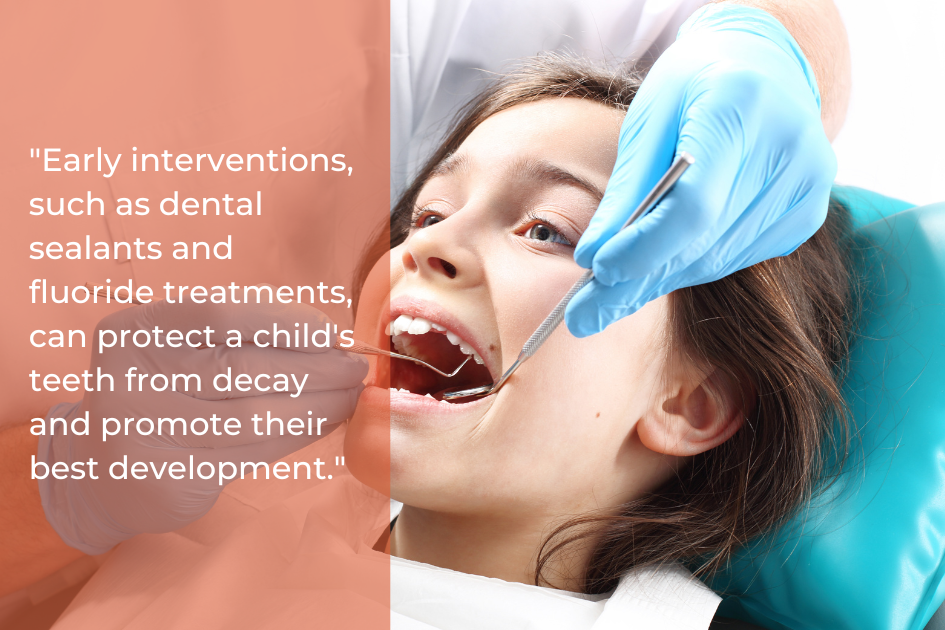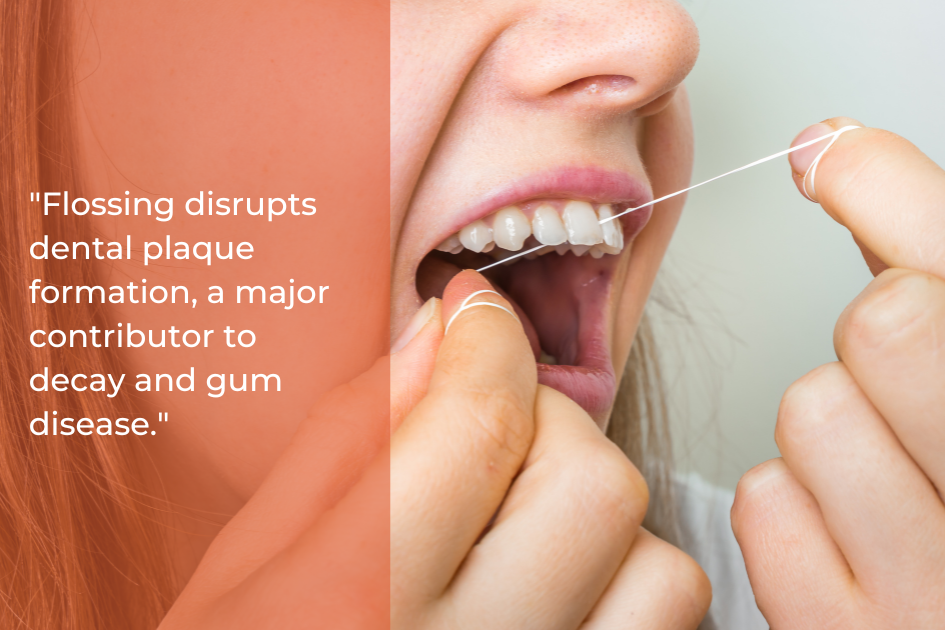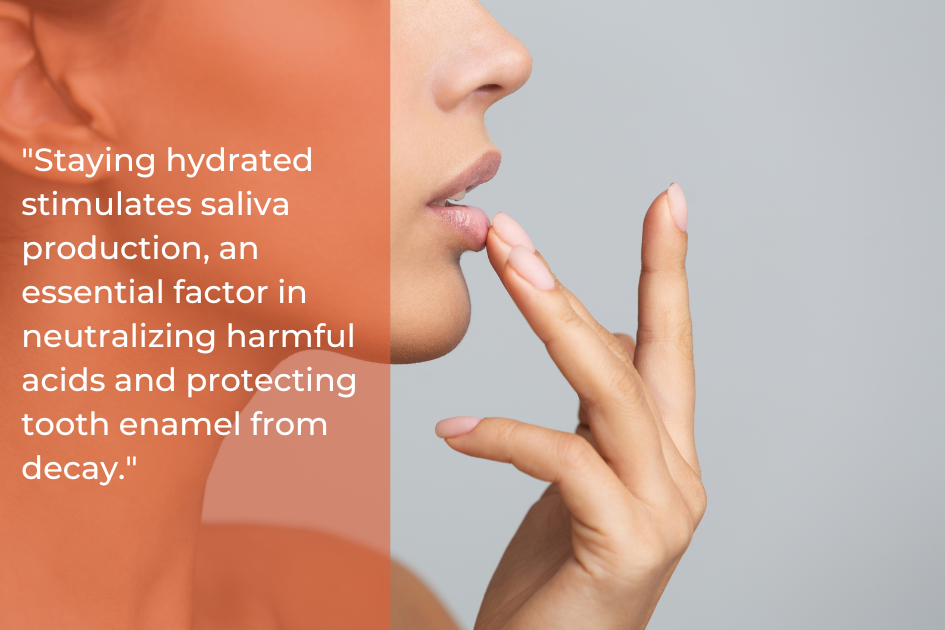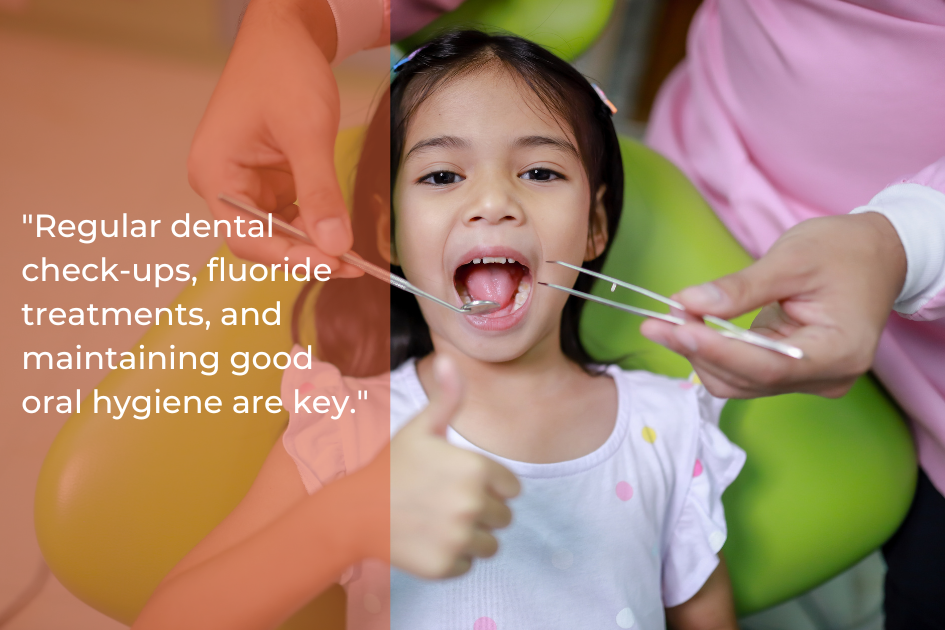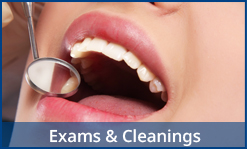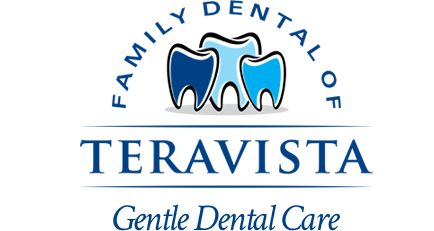We all want the best for our children, including a healthy, beautiful smile. The impact of a child’s oral health on their overall confidence is often underestimated. With regular dental check-ups and early interventions in pediatric dentistry, we can help tackle common issues like cavities and misalignment. These steps foster excellent oral health habits and instill a sense of pride in their smiles. Stick around as we explore the fascinating connection between pediatric dentistry and a child’s self-esteem.
Understanding the Psychological Impact of Oral Health on a Child’s Confidence
While we often focus on the physical benefits of good oral health, it’s crucial to understand the psychological impact it can have on a child’s confidence. A healthy smile can greatly boost a child’s self-esteem. Studies show that children with good oral health often feel more confident in social and academic situations. On the other hand, issues like cavities and misalignment can damage their self-image, hindering their willingness to engage with peers and participate in activities. In pediatric dentistry, we aim to instill a sense of responsibility for personal oral health in children, encouraging them to take pride in their smiles. This practice promotes a positive self-image and is likely to carry into their adolescent and adult life.
Establishing a Healthy Dental Routine Early On: Regular Dental Check-ups in Pediatric Dentistry
To guarantee our children grow up with the best oral health habits, we must start them on a healthy dental routine from early. Regular dental check-ups, as recommended by the American Dental Association, play an essential role in this process. We at Family Dental of Teravista, take pride in children’s oral health and provide these check-ups every six months, ensuring early detection of potential problems. This allows for timely treatments, preventing minor issues from escalating. Additionally, these regular visits foster a positive experience, reducing any anxiety the child might have associated with dental appointments. Consequently, children are more likely to maintain these good oral health habits into adulthood, boosting their self-esteem and confidence.
Early Interventions vs. Waiting for Permanent Teeth
Even though waiting for permanent teeth to erupt might seem logical, early intervention in pediatric dentistry has proven to be a game-changer. It paves the way for healthier teeth by catching dental problems early and nipping them in the bud. Early interventions, such as dental sealants and fluoride treatments, can protect a child’s teeth from decay and promote their best development. Additionally, preventive care in a child’s early years reduces the need for more severe treatments later. So, not only do we guarantee your child’s teeth are healthy, but we also lay the foundation for a lifetime of good oral hygiene habits. Remember, a confident smile begins with healthy teeth nurtured from childhood.
Addressing Common Dental Issues in Children
As dentists, we recognize that common dental issues like cavities can affect more than half of children aged 6 to 8 in the U.S. To prevent dental complications, we emphasize the importance of pediatric dental care in maintaining healthy smiles. Through regular dental checkups, we detect tooth decay, misalignment, and gum disease early, thereby averting severe problems in the future. Early visits can help tailor guidance for common issues like thumb-sucking and teething, which, if unaddressed, can impact dental health. In addition, positive dental experiences during childhood can reduce anxiety associated with dental visits, fostering lifelong oral health habits. We’re here to address dental problems and build confidence through beautiful, healthy smiles.
A Child’s Smile Makeover: How it Differs from Adult Cosmetic Dentistry
While we all value a beautiful smile, it’s important to acknowledge that a child’s smile makeover entails more than simply enhancing aesthetics. Pediatric cosmetic dentistry focuses on a child’s developmental needs, prioritizing both function and appearance. Unlike adult procedures, which often prioritize aesthetics, pediatric treatments address underlying oral issues while promoting healthy dental growth. Common techniques, like dental sealants and fluoride treatments, prevent decay and strengthen enamel, essential for a child’s oral health. Early intervention is key; conditions like misalignment or discoloration can be addressed more effectively when detected early. Our dentists create a comforting environment during procedures, knowing that positive experiences can greatly influence a child’s attitude toward dental care and self-confidence.
How Cosmetic Dentistry Can Boost a Child’s Self-Esteem
Understanding the potential self-esteem issues that can arise due to aesthetic dental concerns, we’re committed to using cosmetic dentistry to boost your child’s confidence. By addressing visible and invisible oral problems, we aim to create beautiful smiles that enhance self-esteem. It’s proven that children who feel confident about their smiles engage more positively in social situations, leading to a healthier self-image. We guarantee positive dental experiences for our young patients, improving their oral aesthetics and instilling a sense of pride in their oral health. Remember, a confident smile can impact not just social interactions but academic performance too. By prioritizing your child’s smile, you’re supporting the building of their self-esteem and overall well-being.
The Connection Between a Beautiful Smile and Academic Performance
Maintaining great oral health is more than just about having a bright smile—it can also have a significant impact on your child’s academic performance. Studies have shown that dental issues, such as cavities or gum disease, can cause pain, difficulty concentrating, and even missed school days, all of which can negatively affect learning. When a child has a healthy mouth, they’re more likely to focus in class, participate in activities, and feel confident during social interactions with peers and teachers. By prioritizing regular dental check-ups and good oral hygiene habits, you’re not only safeguarding their teeth but also supporting their overall well-being and academic success.
Parental Involvement in Promoting Positive Dental Experiences
As parents, we hold the key to promoting positive dental experiences for our children. Our involvement goes beyond merely scheduling regular dental visits. We model good oral hygiene practices, fostering an environment where children feel safe and secure. Open discussions about what to expect during dental appointments can alleviate anxieties and reinforce the importance of oral health. Encouraging our children to ask questions during visits builds trust and empowers them. Creating a reward system for attending dental appointments motivates and enhances their perception of dental care as a positive experience. Let’s leverage our role to shape our children’s dental experiences and, ultimately, their beautiful smiles.
Building Tomorrow’s Smiles, One Appointment at a Time
As your committed dental team, we firmly hold the belief that beautiful smiles are not just a sign of good oral health; they’re a ticket to a future filled with confidence. We urge you not to wait for your child’s dental journey to unfold on its own. Instead, take action today. Start investing in their brilliant smiles, self-esteem, and academic success. Remember, Rome wasn’t built in a day, but each move towards a healthier smile is a stride towards a brighter tomorrow. At Family Dental of Teravista in Georgetown, TX, we understand that every smile is a work in progress, and we’re here to guide your child every step of the way. Investing in their dental health now means a brighter, more confident future. Schedule an appointment with us today, and together, we’ll build the foundation for their radiant smile and lasting success.


